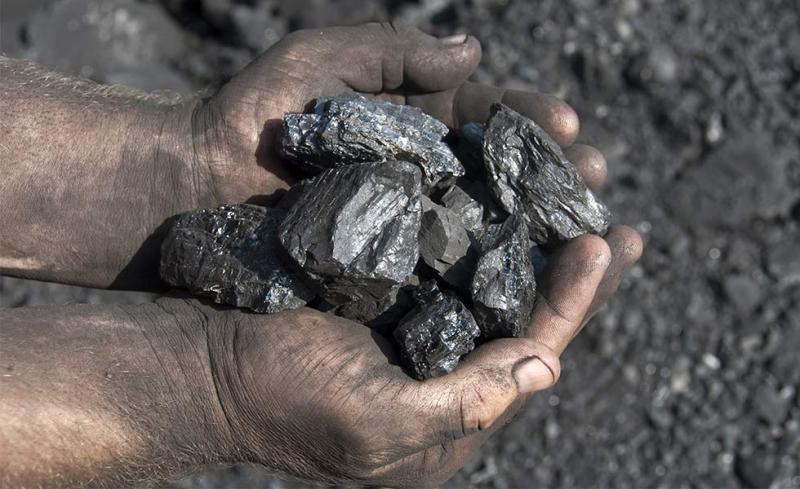
A unique country with a rich cultural and historical heritage is located in the heart of Eurasia. Its geographically advantageous location, subsoil full of natural resources, and robust economy have allowed it to become the most prosperous in Central Asia. From this article you will learn what resources have brought Kazakhstan to the top of the most developed post-Soviet countries and assigned it the status of a stable exporter of raw materials into the world market.
The Republic of Kazakhstan is located almost in the middle of the Eurasian continent. Kazakhstan borders the Russian Federation to the north, northwest and northeast, China to the southeast, Uzbekistan to the southwest and the Kyrgyz Republic to the south.
The area of the country within the border is 2,794.9 thousand km2. According to its administrative and territorial structure, Kazakhstan is divided into 17 regions and 3 cities of republican significance. The cities of republican significance are Nur-Sultan, the capital of the country, Almaty and Shymkent, with a population of over 1,000,000 people. As of the beginning of 2019, the population of Kazakhstan was 18.7 million people, today this figure has exceeded 19 million.
Kazakhstan is a land of complex and varied topography: about 10% of its territory is occupied by high mountains, the rest of the territory is occupied by lowlands, plains, plateaus and highlands. Areas are mostly flat with low altitudes up to 200-300 m above sea level. There are mountains in the southeast of the Republic. Their peaks reach 5-6 thousand meters above sea level. The highest point of Kazakhstan is located in the mountain system of Tien Shan, the peak of Khan-Tengry (6,995 m).
Energy Production in Kazakhstan
The total capacity of all power plants in Kazakhstan is 18,992.7 MW of electrical energy. Production is divided by capacity and type of power plant:
● TPPs (thermal power plants) - 86.8 %;
● CPPs (condensing power plants) - 47.8 %;
● TPPs (TPP) - 35.5 %;
● GTPPs (gas-turbine power plants) - 1.9 %;
● HPPs (hydroelectric power plants) - 13.1 %.
The most part, namely 69% of electric power in Kazakhstan is produced from coal combustion, 11.5% - from associated gas combustion, and 5.2% - from gas combustion. 14.5% of electric power is produced by other types of energy and renewable sources.
Thermal energy of Kazakhstan
The Republic of Kazakhstan has begun the transition from fossil fuel-based energy to low-carbon energy. Coal is the country's dominant energy source, accounting for 64.7% of total projected production and 74.0% of thermal generation in 2019.
The government is seeking to diversify Kazakhstan's energy mix, and the National Green Growth Plan provides the following (optimistic) breakdown by 2030: 49.0% coal, 21.0% gas, 10.0% hydropower, and 8.0% nuclear, along with a significant element of renewable energy. However, the relative contribution of coal is projected to decline at a slower rate than the government plans, so that in 2028 it will still account for 64.9% of total electricity generation and 74.0% of heat generation.
By 2050, the government expects non-thermal sources to provide at least half of Kazakhstan's energy needs. This plan requires the launch of a domestic nuclear power program and significant growth in renewable energy sources other than hydropower.
Kazakhstan will remain open to foreign investment as a means of importing capital and expertise to achieve its goals, although investor uncertainty about the operating environment will further hinder the government from achieving its goals.
Kazakhstan's nuclear energy
Kazakhstan's only nuclear power plant was located in Aktau and operated from 1973 to 1999. Currently, the nuclear energy in Kazakhstan is not used, although the uranium reserves are estimated at 900 thousand tons (according to IAEA). The main deposits are in the south of Kazakhstan (South Kazakhstan and Kyzylorda regions), in the west in Mangistau and in the north. The government is currently considering the construction of a new nuclear power plant.
Hydropower in Kazakhstan
Kazakhstan is rich in water resources. The total capacity of all water resources of the country is 170 billion kW per year. The main rivers are the Irtysh, the Ili, and the Syr Darya. Hydropower accounts for about 12.3% of the total generating capacity of Kazakhstan. The hydropower stations on the Irtysh River are represented by Bukhtyrma (750 MW), Shulba (702 MW) and Ust-Kamenogorsk (315 MW), Kapshagay (364 MW) on the Ili River and Shardara (104 MW) on the Syr Darya.
According to estimates by Kazakhstani experts, the theoretical capacity of all the country's hydro resources is about 170 billion kWh per year. Production of 62 billion kWh per year is technologically possible, and 27 billion kWh per year refers to the economic potential. However, it is important to note that hydro resources currently provide no more than 2% of the total electricity generation, and their share of installed capacity is 12.3%.
Renewable Energy Sources in Kazakhstan
Renewable energy resources account for not more than 0.2% of the total amount of electric power. The installed capacity of renewable energy sources in the first half of 2018 is 427.5 MW. The capacity of small hydropower plants 198.2 MW, the capacity of wind power plants 121.45 MW, solar power plants capacity of 107.56 MW, the capacity of bioelectric power plants 3 thousand kW.
Kazakhstan is the first country in Central Asia that has created the institutional conditions for the transition to a "green economy". The Environmental Code was adopted in 2007, the Law on Supporting the Use of Renewable Energy Sources was adopted in 2009, and the Concept of Transition to a Green Economy was adopted in 2013.
The national energy sector is being modernized in the country. To date, there are 50 companies that use renewable energy sources with a total capacity of 295.7 MW.
Wind energy in Kazakhstan
In December 2011 the first wind power station Kordai VF (first part) was put into operation in the Zhambyl Region. Its capacity is 1500 kW. In December 2014, 9 wind turbines were built, which increased the capacity to 9 MW.
Solar power of Kazakhstan
Although the possible annual duration of solar energy use is 2200-3000 hours per year, and the estimated is 1300-1800 kW per m2, solar energy is not yet widespread in Kazakhstan.
In 2010 the KazPV project was launched in Kazakhstan. Its main goal is to create production of photovoltaic modules using Kazakhstani silicon. KazSilicon produces silicon in Ushtob (Almaty region). Raw materials are processed by KazakhstanSolarSilicon in Ust-Kamenogorsk, and finally silicon cells are produced. Photovoltaic modules are assembled by AstanaSolar in Astana.
At the end of 2012, the first stage of Otar solar power plant was put into operation in Korday district of Zhambyl region. Its capacity is 504 kW, with a design capacity of 7 MW.
From June 10 to September 10, 2017, Astana hosted the EXPO-2017 international exhibition with the theme "Future Energy". It was attended by 22 international organizations and 115 countries.
Mineral Resources.
Oil extraction.
Most half of our country's territory holds natural gas and oil underground. According to various estimates, Kazakhstan has 3% of the world's oil reserves - about 4.4 billion tons. Only last year the country produced about 73 million tons of crude oil, more than 65 million tons of which were exported. Black gold in Kazakhstan is extracted in several regions, but the main share in production is occupied by Atyrau, Mangistau and Aktobe regions. These are the Kashagan, Tengiz and Karachaganak projects. The industry provides about a quarter of the GDP. The republic is the second biggest oil producer after Russia in the CIS.
Gas sector
Analysts claim that the production of gas in the country has increased several times in recent years. Whereas in 1991, Kazakhstan provided only the domestic market, nowadays raw materials are exported abroad, adding to the country's foreign exchange earnings. The largest importers of Kazakh gas are Russia (8 bcm, 2021), China (7.3 bcm, 2021), and Switzerland (3.2 bcm, 2021). In terms of natural gas reserves, Kazakhstan is one of the 20 producing countries. The reserves are estimated at 3.8 trillion cubic meters.
Uranium
Kazakhstan possesses 21% of the world's uranium reserves - it is the 2nd place in the ranking of countries. This volume has put the country in first place in uranium mining. Uranium deposits are located in six regions of the republic. The largest deposits are Inkai, Moinkum, Mynkudyk in SKR and Semizbay and Kamyshovoye in NKR. Uranium is also extracted in Mangistau, Almaty and Akmola Regions.
Copper
Kazakhstan is in the top 10 list of the world's copper-producing countries, coming in at number 6. 90% of the country's output of copper and copper alloys is exported abroad. Major production is concentrated in Karaganda and East-Kazakhstan regions. Up to 70% of copper is mined in Zhezkazgan region. The region's ores rank 1st in the CIS and 2nd in the world. Products are bought by such countries as UAE, Turkey, China, England, etc. Neighboring Belarus and Russia import copper waste and scrap.
Gold
On mining, Kazakhstan is one of 20 producing countries. There are about 300 gold deposits on the territory of Kazakhstan. The biggest are in East-Kazakhstan (36%), North-Kazakhstan (21%) and Central Kazakhstan (11%).
Coal
Kazakhstan's coal is also supplied to the near and far abroad. World reserves of coal in Kazakhstan are estimated at 33.6 billion tons, which allows it to take the 8th place in the global ranking. Two types of coal are mined in the country - lignite and hard coal. The country and the world are provided with raw materials by the deposits in Ekibastuz, Karaganda and Kostanay regions.
Lead and zinc
According to analysts, Kazakhstan is one of the world's leading reserves of lead and zinc.
In Zhayrem village of Karaganda region there are the biggest deposits of zinc, in volume of 6 million tons. There are Maleyevskoye and Chekmar deposits in East Kazakhstan region.
Iron
Kazakhstan's reserves of iron ore are estimated at 16.6 billion tons. It is a colossal amount among the CIS countries, after Russia and Ukraine. The Kostanay, Karaganda and Akmola regions account for the bulk of the total.
Other minerals
In terms of chrome reserves, Kazakhstan is second only to South Africa. Domestic companies take the 2nd place in the world in terms of production and supply of chrome alloys. Kazakhstan chrome ore is considered the highest quality on the world market. The country also produces molybdenum, manganese, aluminum, titanium, tungsten and many other minerals. In general, Kazakhstan is in 6th place in the world in terms of natural resources. If there are 110 chemical elements in the Periodic table, then 99 of them can be found in the bowels of our vast motherland.
Mining brings income
According to the information of the country's Ministry of Ecology, on the state balance of minerals for 2021 there were registered more than 8 thousand deposits, including hydrocarbons - 317, solid minerals - 910, commonly occurring minerals - more than 3 thousand and about 4 thousand deposits of underground waters.
The natural riches have attracted a record flow of investments to the country's economy.
"Out of almost 73 trillion tenge attracted to Kazakhstan for the last 25 years, more than 70% were directed to the oil and gas sector and 27% to the mining and metallurgical complex," said Minister of Ecology S. Brekeshev a year ago.
Foreign capital brings income to the country, helps open new enterprises and create jobs for the people of Kazakhstan. To date, mining remains an attractive sector for investors.







































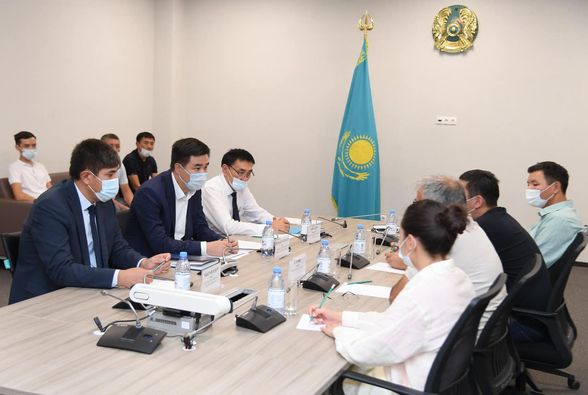
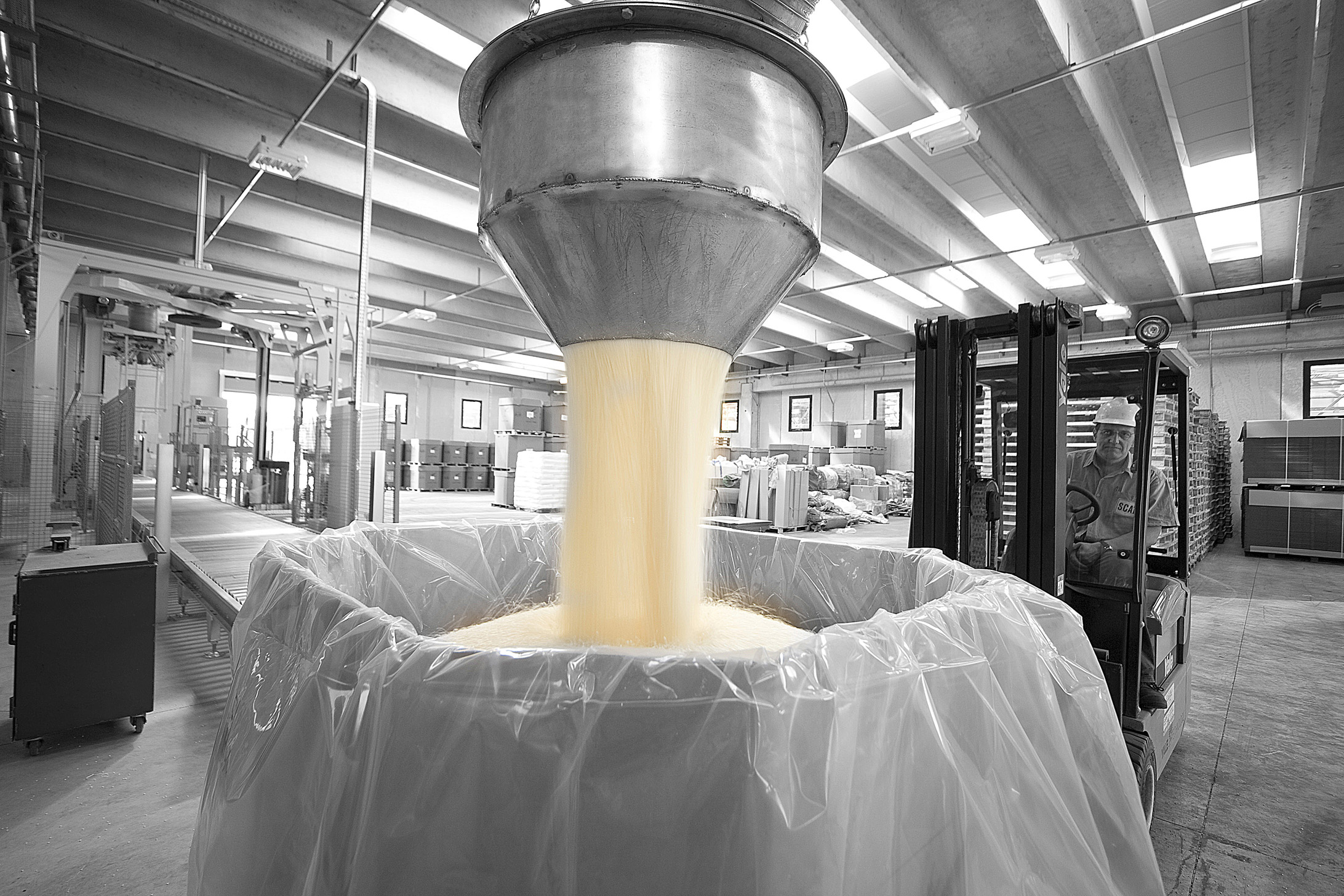
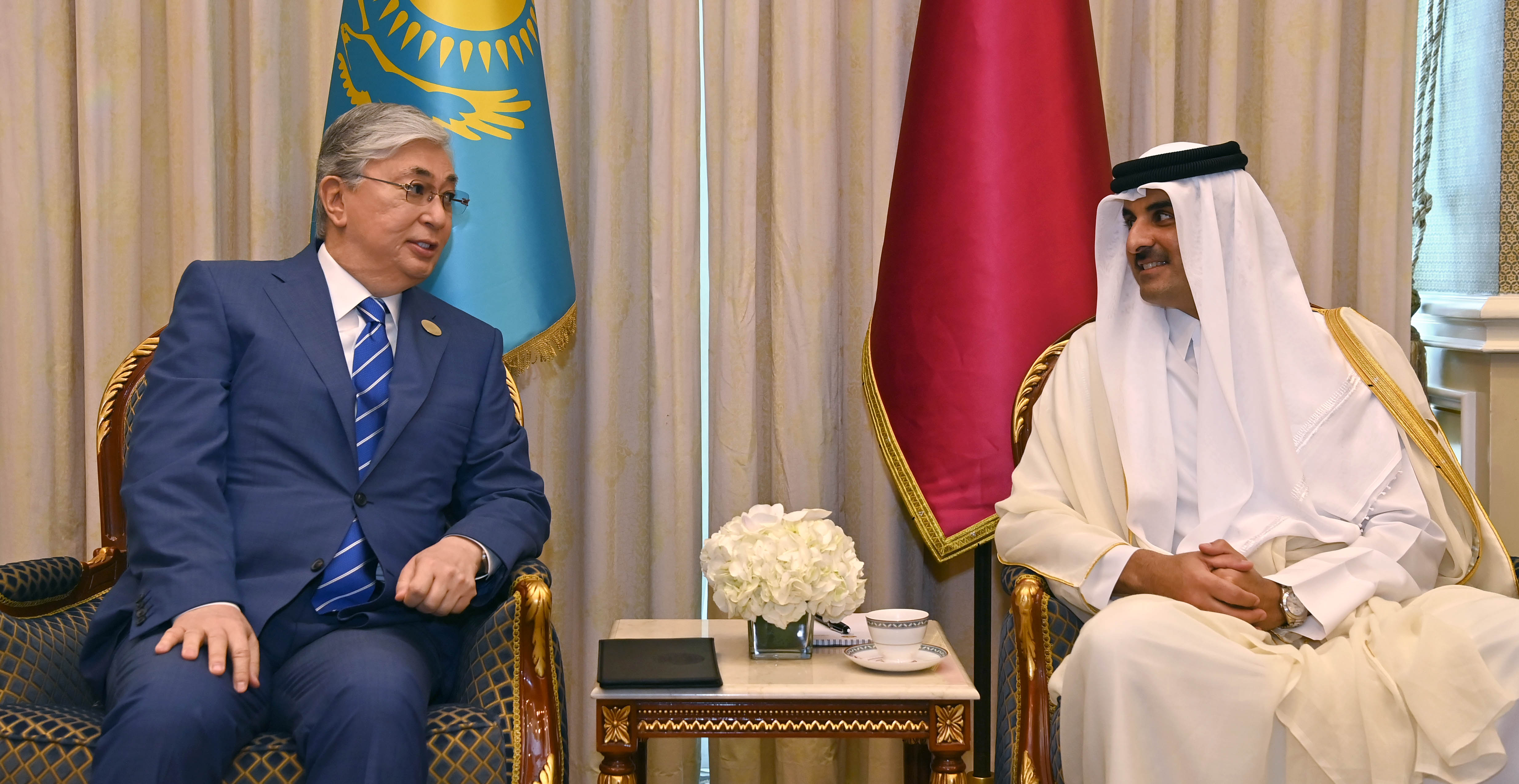
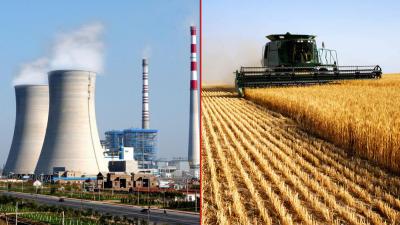

Обсуждение